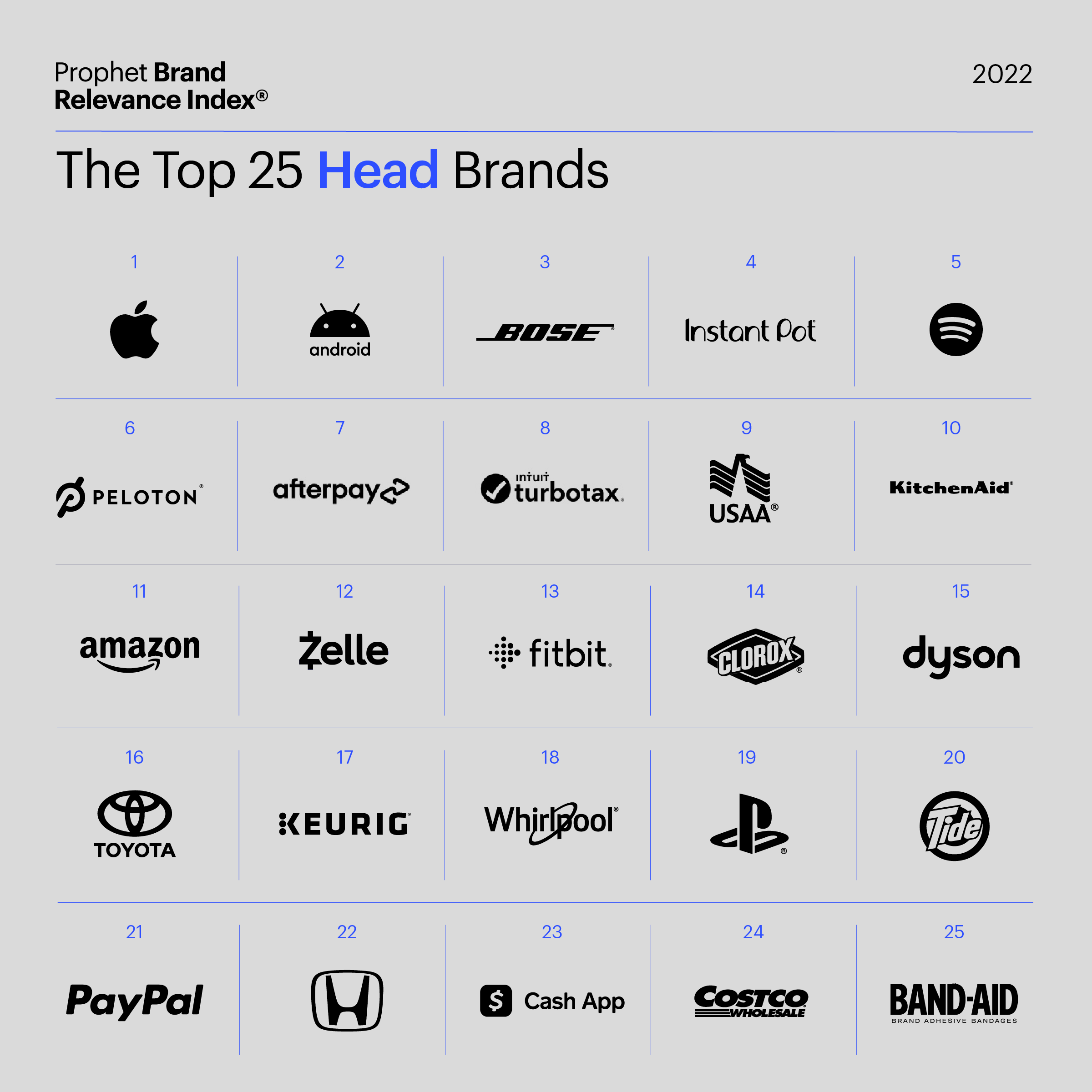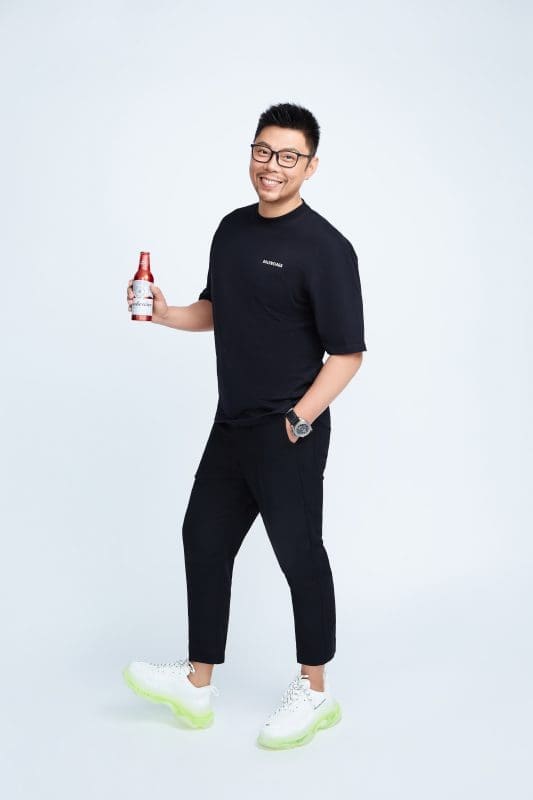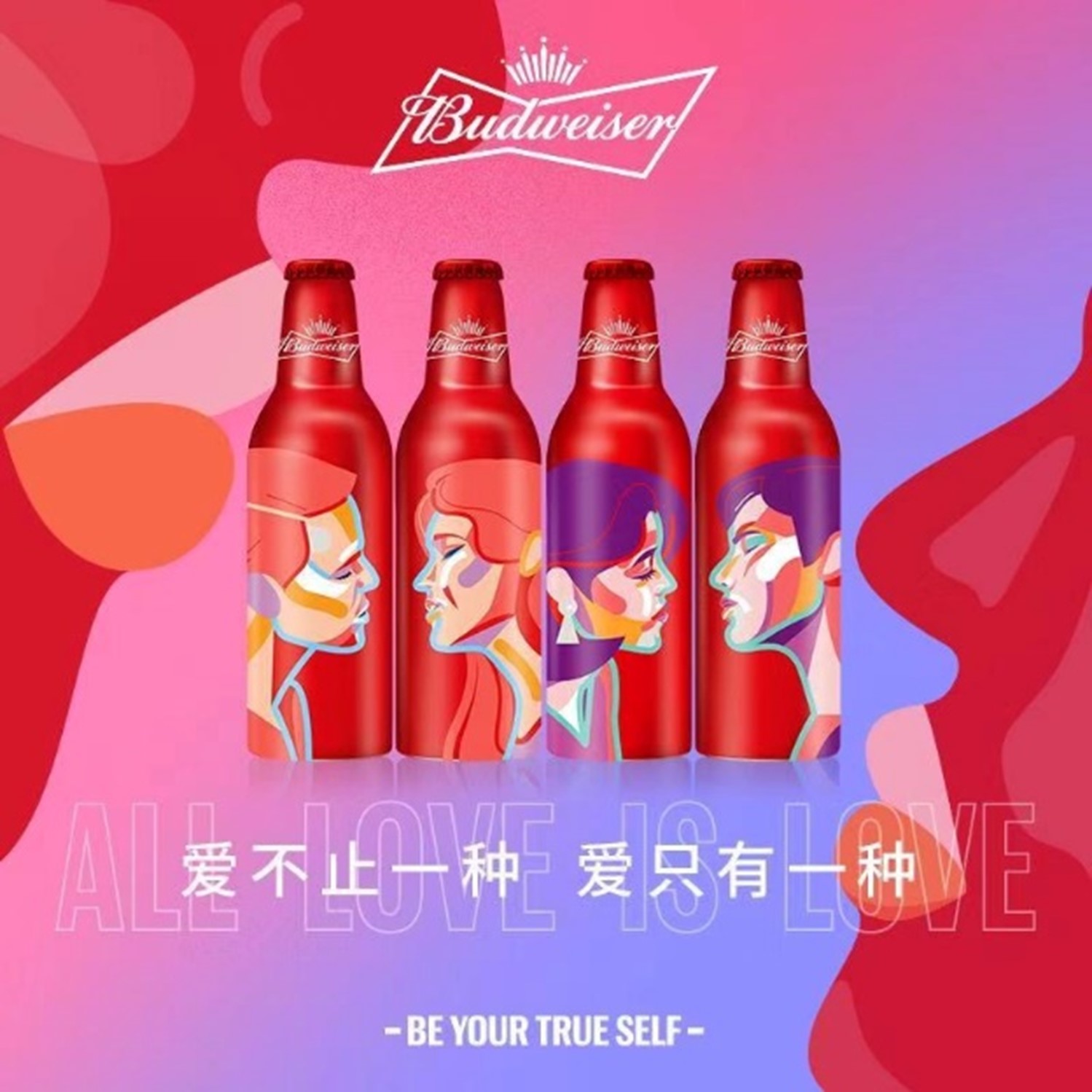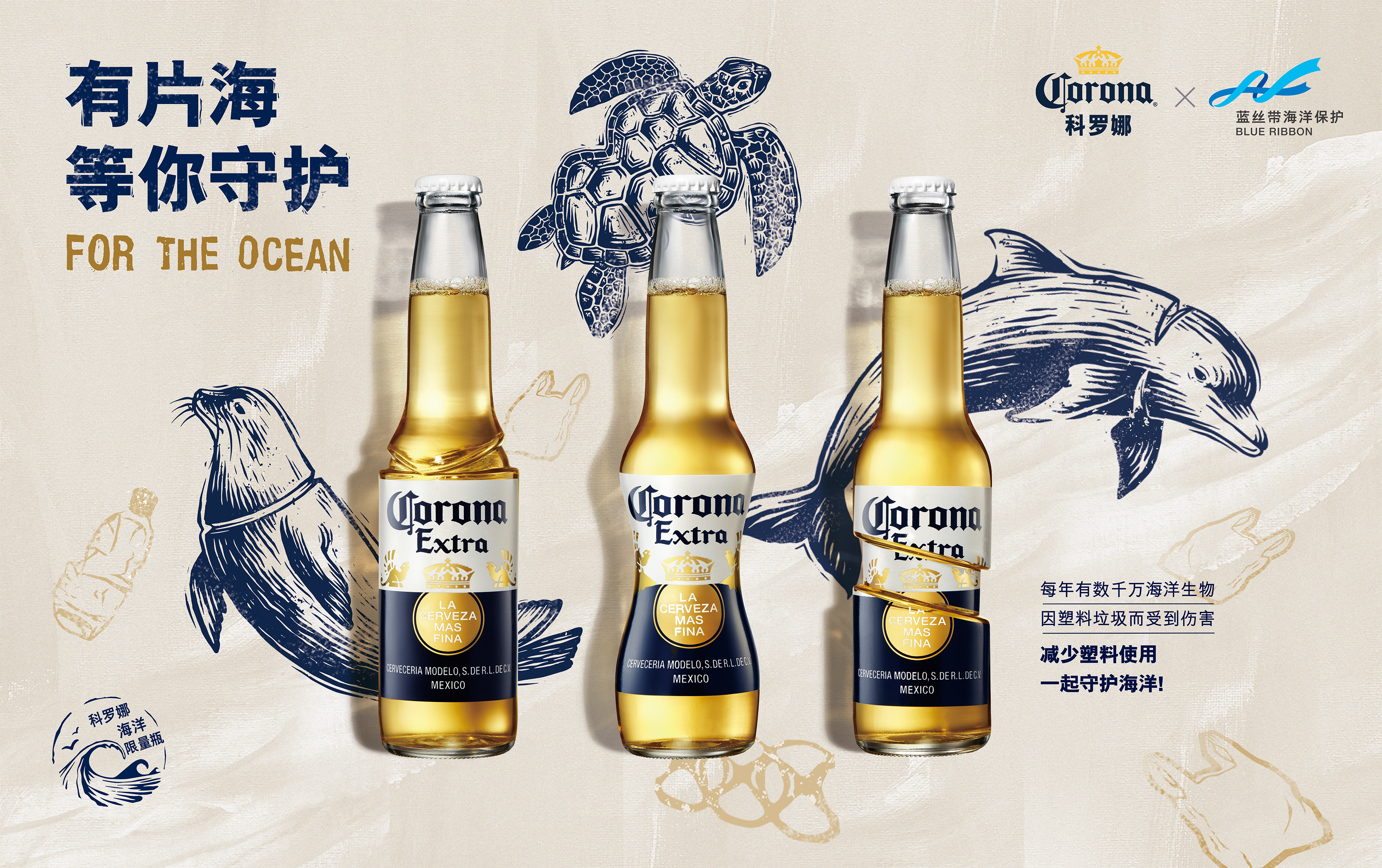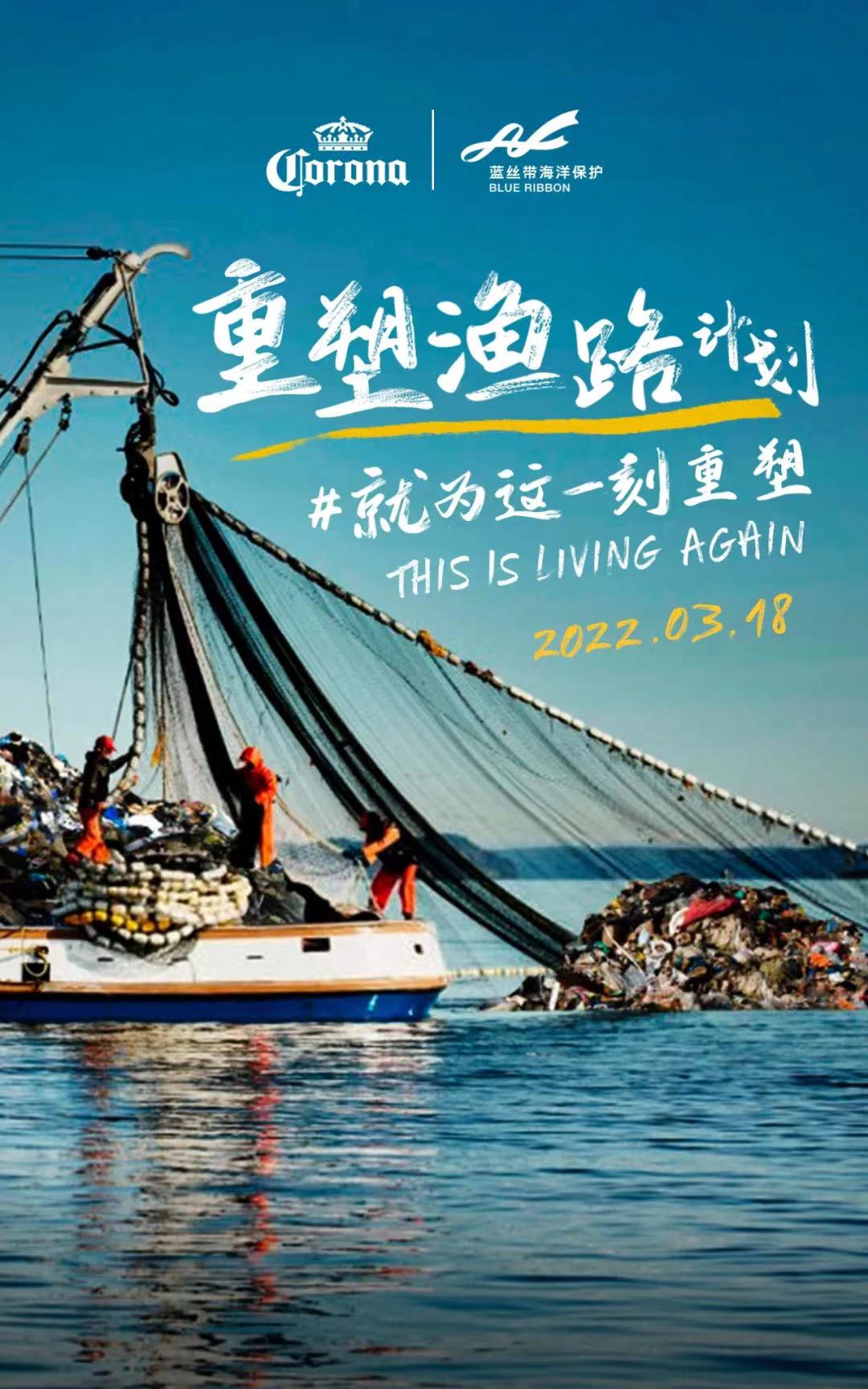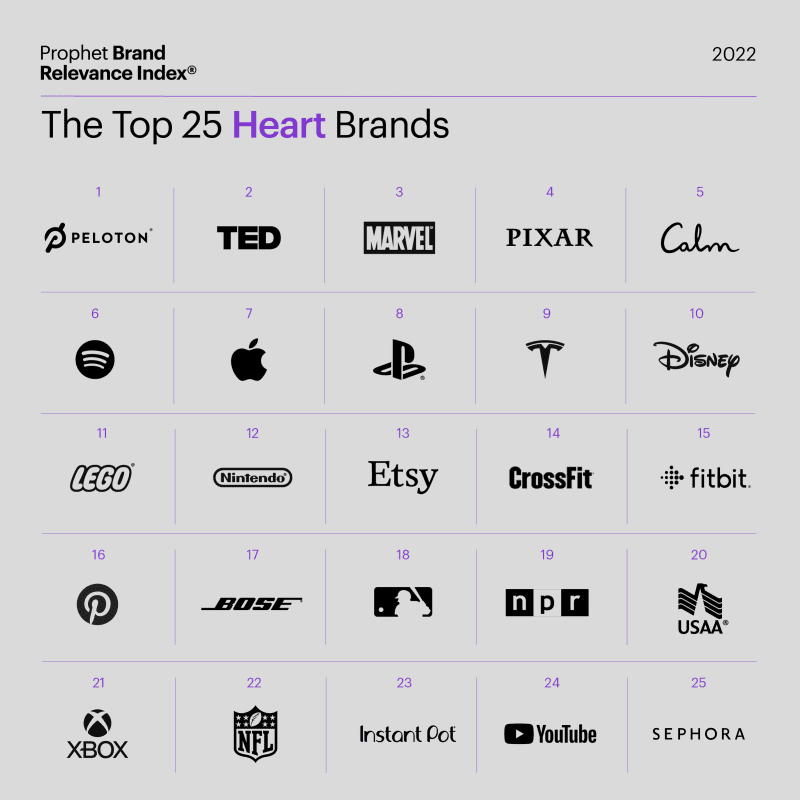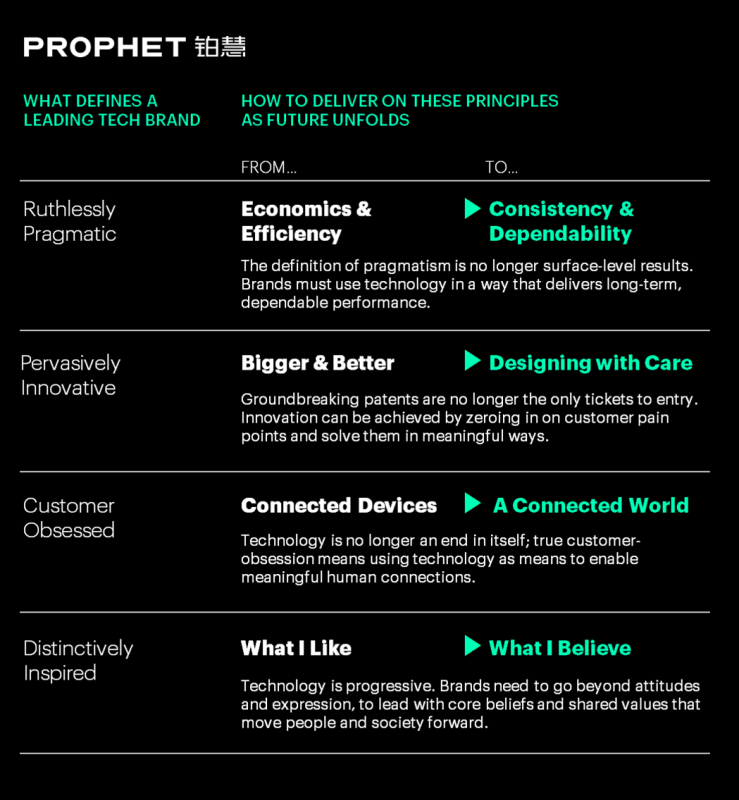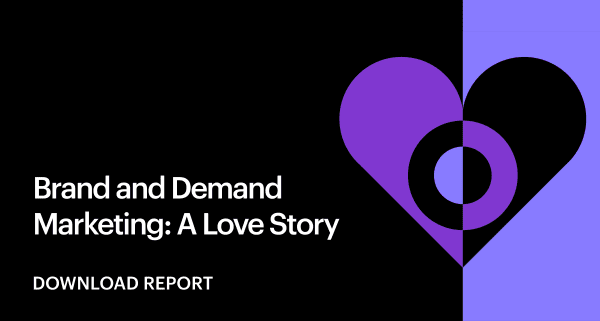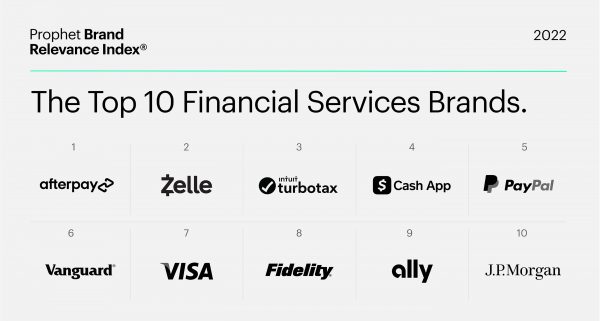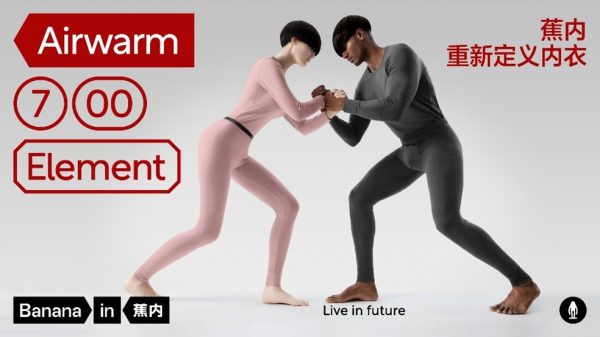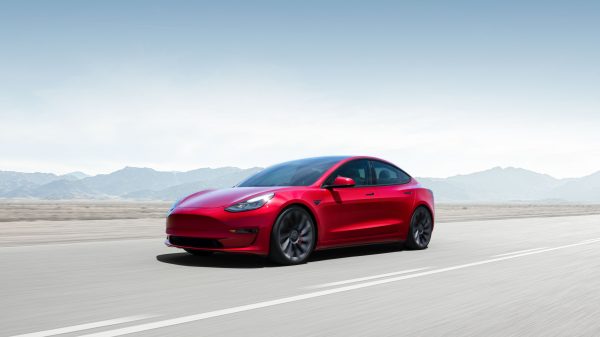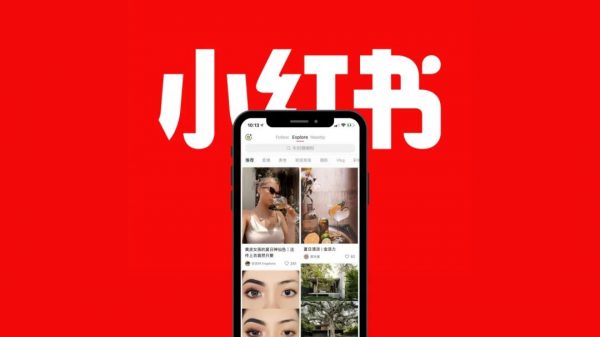BLOG
Brand-Building in the Metaverse: A Marketer’s Guide
Understanding how this next frontier will redefine the relationship between brands and consumers.
It’s hard to have a conversation about technology these days without hearing the terms blockchain, Web 3.0, NFT, decentralization or Metaverse. These concepts are undoubtedly the building blocks of the next generation of the Internet – but as a marketing or innovation expert, what exactly should you be considering?
Below, we provide our thoughts on how this next frontier will redefine the relationship between brands and consumers – and how brands can position themselves to win. Brands must be clear on their “why” (strategic objectives) as well as their “what” (experience value proposition and activation strategy).
What is the Metaverse and Web 3.0?
First a simple explanation of what the Metaverse and Web 3.0 are. Web 2.0 is built on contribution, interactivity, collaboration and social media. However, whoever controls the data on their “centralized server” has access to a lot of information.
This imbalance is what Web 3.0 is trying to solve. Web 3.0 is a space where people operate on decentralized platforms. This means moving away from the big tech giants and intermediaries and shifting towards democratized, collective governance. The users create the content!
We are at the beginning of the Metaverse. There are still a lot of limitations including visual, user experience, commercial infrastructure and sustainability considerations. However, brands are already out there on the Sandbox, Decentraland, or other platforms, exploring unique value propositions to offer to users and their consumers.
Is Your Company Leveraging the Metaverse to Elevate Your Brand?
In the Metaverse, consumer brands will continue to enable commerce, interactions and experiences for people. Brands must think about how they will engage with customers in this new world. What will their needs be? What will touchpoints–including marketing and sales channels–look like? What are the limitations, or rather, the possibilities of what a brand can stand for in the Metaverse? How should marketing campaigns be launched to attract the target audience?
We found that brands that have invested in the Metaverse follow five key trends, which reflect a wide breadth of opportunities for marketers:
- Broadcast: increase brand awareness through large live events
- Engage: drive consumer engagement by creating communities and immersive experiences, especially younger demographics
- Advocate: engage loyal customers with exclusive offerings
- Inform: create gamified, interactive education on their products and services
- Sale: launch virtual offerings and explore new business models
The Metaverse offers a novel and uninhibited space for brands to test and learn. Because of this, brands are eagerly diving in, testing the waters and making a splash with bold moves. However, the Metaverse is far from merely a new touchpoint/channel/platform for marketing activation. Eventually, it will redefine the entire world brands operate in.
Marketers need to maintain a long-term perspective as they consider brand building in the Metaverse:
1. Bolstered and Enriched Brand Promise and Equities
Entering the Metaverse does not mean starting over. A strong brand in the physical world can focus on bolstering its image in the Metaverse by reinforcing its message, amplifying its reach and innovating new ways to delight customers.
Because the Metaverse also offers a fundamentally different way for consumers to experience the world, brands should seize the opportunity, which offers them the ability to explore how their existing equities can be reimagined in a new space and in a holistic and multidimensional way. Entering the Metaverse can unleashes new possibilities for both themselves and their customers.

For instance, Nike created the virtual world, Nikeland, on Roblox’s online gaming platform. Nikeland is complete with customizable avatars, Nike headquarters buildings, mini-games and apparel. It builds on the brand’s mission to create immersive and engaging communities that offer a personalized experience for every user.

Louis Vuitton, one of the most storied brands in the fashion industry, has embraced digital transformation in the Web 2.0 world with a successful omnichannel approach. In the Metaverse, LV has continued to stay at the front of the pack by launching the mobile game “Louis: The Game” to commemorate the 200th birthday of its founder. In the game, players can explore six different Metaverse worlds while learning about LV’s history, earning virtual branded memorabilia and even collecting in-game only NFTs. The game allows the brand to honor its deep heritage and timeless legacy in an entirely new way that enriches the customer experience and deepens their connection to the brand.
2. Multi-Sensorial and Immersive Branded Experience
Regardless of which approach you choose to take, the Metaverse has meaningful implications on how a brand comes to life visually. Nike extends its signature curve of the Swoosh into the Nikeland with a bright and dynamic color palette. LV applies its iconic emblem to the character and landscape designs of “Louis: The Game.” These robust visual assets have made their Metaverse experiences stand out among the others.
However, in the Metaverse, establishing a brand using logos, typography and color palettes alone is not enough. Current brand identities and visual systems are largely made for two-dimensional usage, but the Metaverse requires us to expand our thinking and create brands that are conversational, multidimensional and multi-sensorial. Brands need to create meaningful interactions to immerse the users and reward their visit.
How does a brand express itself through aspects such as dimension, motion, sound, touch and conversation? How can a brand build towards a holistic identity that is not just an eye-catching way to create buzz, but rather a lasting way to reinforce what it stands for and position itself for long-term growth? These are the important questions brands must consider while entering the Metaverse.
Think About Your Metaverse Strategy Today
Whether you’re a skeptic or an evangelist, there is no doubt that the Metaverse will create an unprecedented shift in how consumers and brands interact. As Web 3.0 technologies continue to develop and companies race to build our future virtual world, brands must think about how they will show up and how they will engage their customers in the marketplace of tomorrow. Traditional and digitally native brands alike have an opportunity to redefine themselves in the hearts and minds – and screens – of their consumers.
As a wrap up, these are the questions brands must be able to answer:
- Your target audience: Who is hanging out there?
- Your business outcome: What are your strategic objectives?
- Your experience value proposition: What do you do there?
- Your campaign strategy: How to activate and engage your audience?
- Your costs: What costs do you need to have in mind?
FINAL THOUGHTS
The Metaverse is like the Sagrada Familia in Barcelona; it will take a while to complete. But we have strong convictions on how to be successful in the Metaverse. Stay tuned for our next articles that address these points in more detail.
Schedule a conversation with our digital practice today to discuss how your brand can be set up to win.



